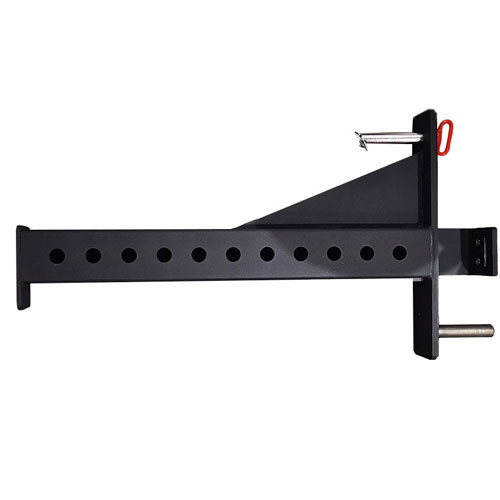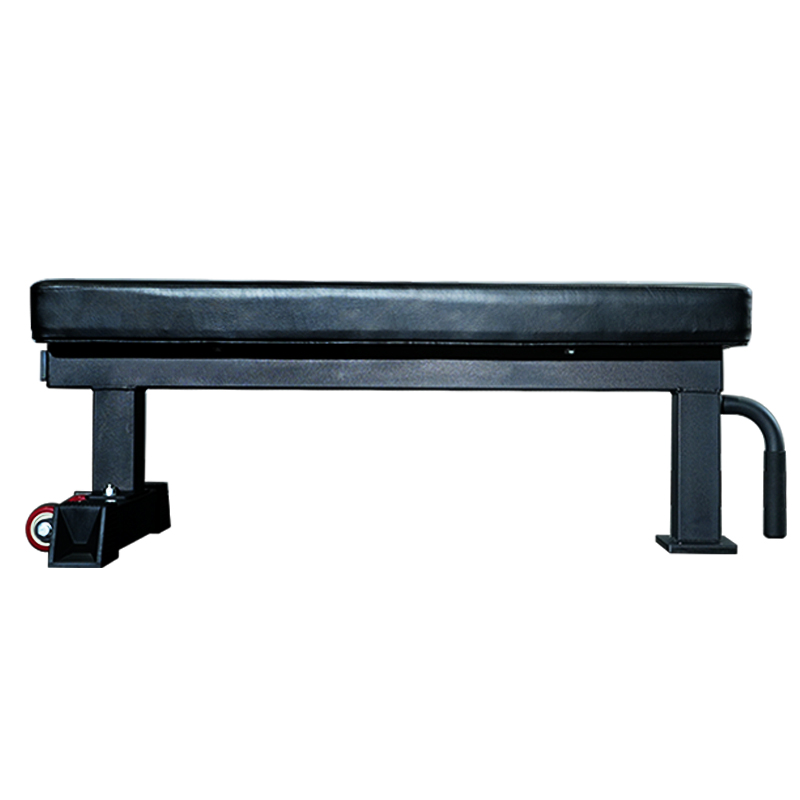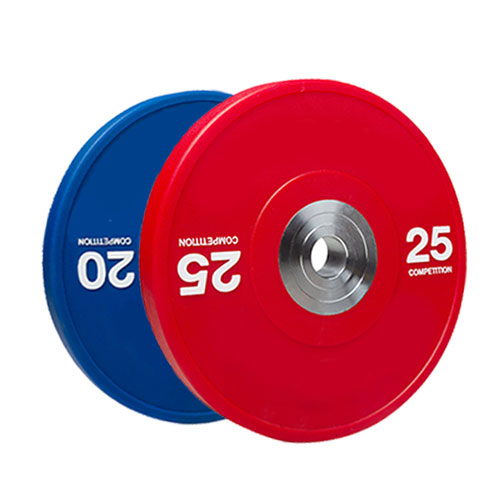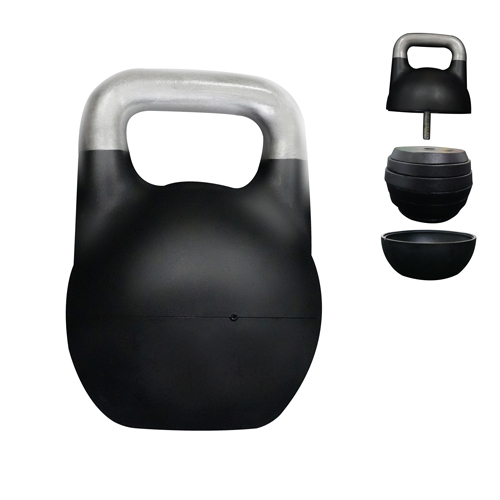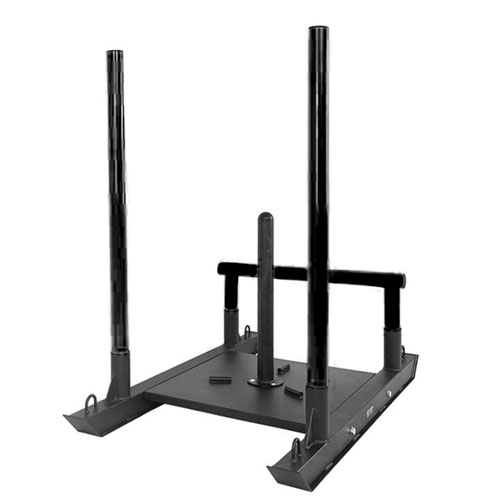Bench Press Workouts for Every Fitness Level
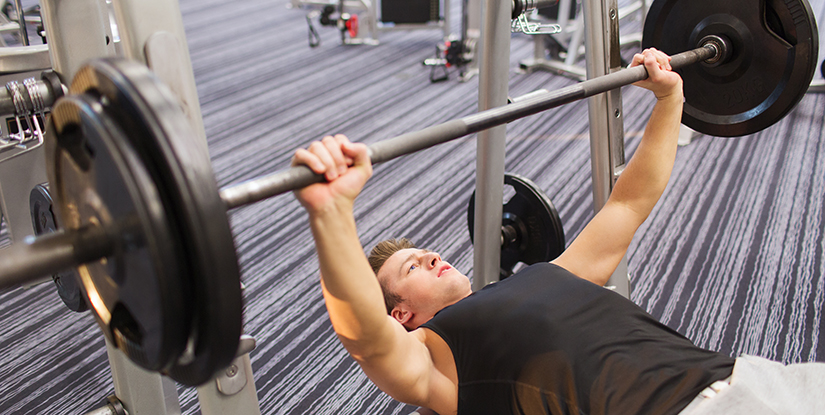
The bench press is a quintessential exercise for developing upper body strength and power. Whether you're a recreational lifter seeking to improve your overall fitness or a competitive athlete striving for peak performance, mastering the bench press is crucial. However, beyond the basics of form and execution, there lies a realm of advanced strategies that can elevate your bench press to the next level. This comprehensive guide delves deep into these strategies, empowering you with the knowledge and techniques to unlock explosive strength and maximize your results.
Proper Form: Laying the Foundation for Explosive Strength
Proper form is the cornerstone of any successful bench press. It lays the groundwork for generating explosive power while minimizing the risk of injury.
Starting Position: Lie flat on the bench with your feet firmly planted on the floor for stability. Grip the bar slightly wider than shoulder-width, with your hands facing forward. Lower the bar until it lightly touches your chest. This is your starting position.
Chest Up, Shoulders Back: As you prepare to press, engage your core and keep your chest up and shoulders back. Maintain a slight arch in your lower back, which helps stabilize your spine and allows for greater force production.
Elbows Tucked In: Keep your elbows tucked close to your body throughout the movement. This prevents your shoulders from flaring out and ensures proper engagement of your triceps and chest muscles.
Bar Path: The bar should follow a straight line from your chest to the top of your press. Avoid excessive flaring of the elbows or an overly wide arc, as this can reduce power output and increase strain on your shoulders.
Grip Width: Optimizing Bar Position for Power and Stability
The width of your grip plays a significant role in bench press performance.
Narrow Grip: A narrower grip places greater emphasis on your triceps, making it ideal for developing explosive drives off the chest. It also reduces the range of motion, allowing for quicker and more powerful reps.
Medium Grip: This is the most common grip width and offers a balance between triceps and chest activation. It provides a good compromise between power and stability.
Wide Grip: A wider grip shifts the emphasis towards the outer chest muscles. While it can generate more overall force, it also increases the range of motion and can put additional strain on your shoulders.
Triceps Engagement: Harnessing the Powerhouse for Explosive Drives
Your triceps are the primary movers in the bench press. Properly engaging them is essential for generating explosive power.
Triceps Focus: Concentrate on extending your elbows and driving the bar up with your triceps rather than your shoulders or chest. This will maximize triceps activation and create a more powerful press.
Lockout: At the top of your press, fully extend your elbows and lock out your triceps. A strong lockout ensures full range of motion and prevents your elbows from drifting forward.
Triceps Assistance Exercises: Incorporate triceps-specific exercises into your training program, such as triceps pushdowns, overhead triceps extensions, and dips. These exercises isolate the triceps and help build strength and power.
Leg Drive: Converting Lower Body Strength into Upward Force
Leg drive is often overlooked but plays a vital role in bench press performance.
Leg Press: Use your legs to press against the platform and generate upward force that assists your upper body in driving the bar upwards. This creates a powerful synergy between your upper and lower body.
Heel Placement: Plant your feet firmly on the floor and ensure your heels are flat. This creates a stable base and allows for effective leg drive.
Core Engagement: Engage your core throughout the movement to maintain stability and prevent excessive back arching. This ensures your lower body remains connected to your upper body.
Breathing Techniques: Maximizing Energy Production and Stability
Proper breathing techniques optimize energy production and enhance stability during the bench press.
Inhale on the Descent: As you lower the bar towards your chest, inhale deeply to draw oxygen into your body. This provides the energy needed for the subsequent press.
Exhale on the Ascent: As you press the bar back up, exhale forcefully and with control. This creates intra-abdominal pressure, which stabilizes your spine and supports your core.
Breathing Rhythm: Establish a consistent breathing rhythm that matches your tempo. Avoid holding your breath during the movement, as this can restrict oxygen flow and compromise performance.
Bar Speed Training: Developing Explosive Momentum through Practice
Bar speed training focuses on rapidly moving the bar during the bench press.
Weighted Sleds: Use a weighted sled to perform explosive bench press variations, such as banded bench presses or bench press throws. This helps build bar speed and power.
Eccentric Training: Emphasize the eccentric (lowering) phase of the bench press. Use a heavier weight and focus on controlling the descent through eccentric overload, which enhances power output.
Compound Exercises: Building a Base for Benching Strength and Power
Compound exercises involve multiple muscle groups and joints, creating a solid foundation for benching strength and power.
Incline Bench Press: The incline bench press activates the upper portion of your chest more than the flat bench press. This provides a variation that targets specific muscle groups and builds overall bench press strength.
Dumbbell Bench Press: Dumbbell bench press allows for greater freedom of movement and can help identify and correct muscle imbalances. It also promotes core stability and shoulder mobility.
Weighted Dips: Dips engage multiple muscles, including the triceps, chest, and shoulders. They develop explosive power and build the strength needed for a powerful bench press.
Isometrics: Enhancing Strength and Stability at Specific Joint Angles
Isometric exercises involve holding a static position against resistance.
Bench Isometrics: Hold the bar at different points during the bench press range of motion, such as at the bottom or halfway up. This strengthens weak links and enhances stability at specific joint angles.
Static Holds: Perform isometric holds at different angles on a power rack or with dumbbells. This improves muscular endurance and provides variety in your training.
Eccentric Emphasis: Loading Muscles for Enhanced Power Output
Eccentric training prioritizes the lengthening phase of the bench press.
Slow Negative Reps: Focus on slowly lowering the bar with a weight you can control. This emphasizes muscle damage and increases strength gains.
Eccentric Overload: Use a heavier weight than you can typically press and focus solely on the eccentric phase. This forces your muscles to adapt and produce greater power.
Plyometrics: Generating Explosive Power through Muscle Shortening-Stretching Cycles
Plyometrics involve explosive bodyweight exercises that enhance power output.
Box Jumps: Jumping onto a box and immediately jumping back down combines a stretch-shortening cycle with the bench press movement, improving force production.
Bench Press Jumps: Start in the bench press position with a light weight. Lower the bar to your chest and then explosively jump up, pressing the bar overhead. This builds explosive power from the starting position.
Progressions and Periodization: Tailoring Training for Optimal Results
Progressive overload and periodization are essential for maximizing results.
Progressive Overload: Gradually increase the weight, sets, reps, or intensity over time to continually challenge your muscles and stimulate growth.
Periodization: Phase your training into different cycles, such as strength, hypertrophy, and power phases. This ensures balanced development and prevents plateaus.
Conclusion
Explosive strength in the bench press is an invaluable asset for athletes and fitness enthusiasts alike. By mastering proper form, optimizing grip width, engaging your triceps, utilizing leg drive, and implementing advanced techniques such as bar speed training, compound exercises, isometrics, eccentric emphasis, and plyometrics, you can unlock new levels of power and performance. Remember, consistency, progressive overload, and a tailored training plan are crucial for achieving lasting gains. Embrace these strategies, push your limits, and conquer the bench press with explosive strength.
FAQ about Bench Press
1. What is the best grip width for bench press?
The best grip width depends on your goals and shoulder mobility. A medium grip (slightly outside shoulder-width) is ideal for most lifters, while a narrow grip targets the triceps and a wide grip emphasizes the chest and shoulders.
2. How do I prevent shoulder pain during bench press?
Ensure proper scapula stability by retracting and depressing your shoulder blades. Avoid flaring your elbows excessively and maintain a moderate arch in your lower back to reduce strain on the shoulders.
3. How often should I bench press?
For strength, bench press 2-3 times per week with heavy weights and low repetitions. For hypertrophy, bench press 3-4 times per week with moderate weights and higher repetitions.
4. What are the benefits of leg drive in bench press?
Leg drive helps generate upward force, assisting your upper body in driving the bar upwards. It creates a powerful synergy between your upper and lower body, enhancing overall bench press performance.
5. How can I improve my bench press bar speed?
Incorporate bar speed training techniques such as weighted sleds and eccentric training. These methods focus on rapidly moving the bar and controlling the descent, which enhances power output.
6. What are the best accessory exercises for bench press?
Incline bench press, dumbbell bench press, and weighted dips are excellent accessory exercises. They target specific muscle groups, promote core stability, and build the strength needed for a powerful bench press.
7. How important is breathing during bench press?
Proper breathing techniques optimize energy production and enhance stability. Inhale on the descent to draw oxygen into your body, and exhale on the ascent to create intra-abdominal pressure, which stabilizes your spine.
8. What is eccentric training, and how does it help bench press?
Eccentric training focuses on the lowering phase of the bench press. It emphasizes muscle damage and increases strength gains, helping you produce greater power during the press.
9. How can I incorporate plyometrics into my bench press training?
Plyometrics, such as box jumps and bench press jumps, enhance explosive power. These exercises combine stretch-shortening cycles with the bench press movement, improving force production.
10. What is periodization, and why is it important for bench press training?
Periodization involves phasing your training into different cycles, such as strength, hypertrophy, and power phases. This ensures balanced development, prevents plateaus, and maximizes long-term gains.

